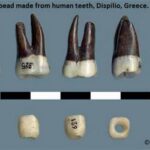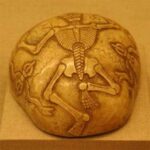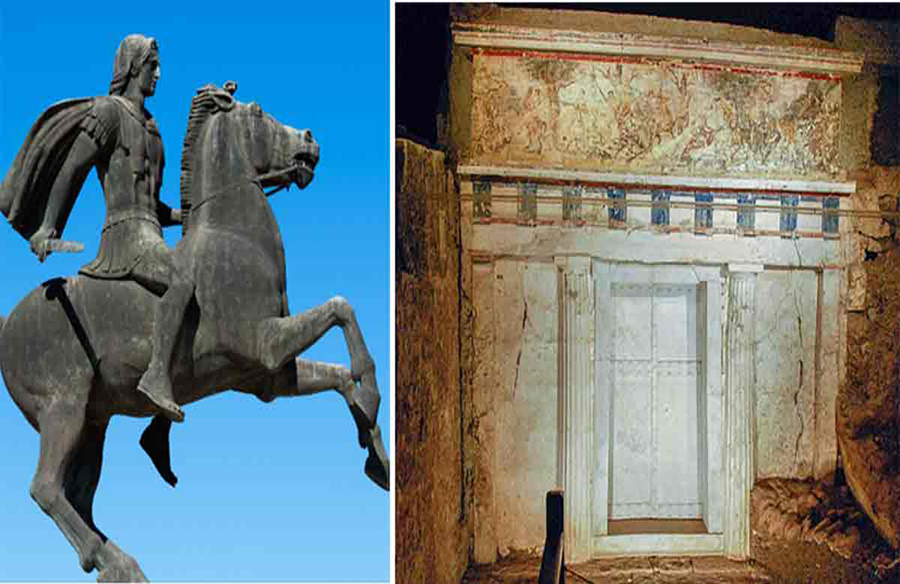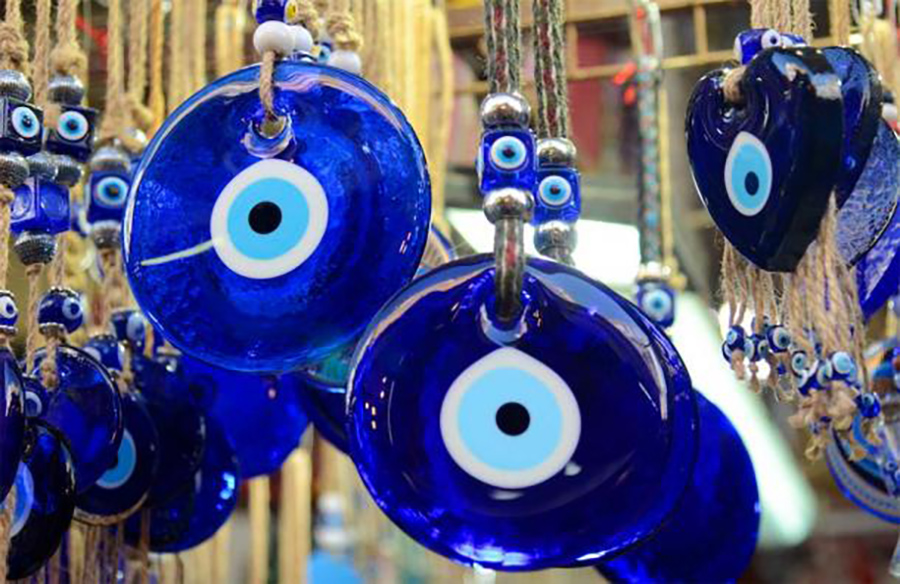In 1914, Ernest Roulin, a Swiss amateur archaeologist, made a remarkable discovery that would shed light on ancient belief systems – two ancient amulets crafted from fragments of human cranium. Dating back to approximately 3,500 BC, during the Neolithic period, these rare artifacts have offered intriguing glimpses into the practices and beliefs of our ancient ancestors.
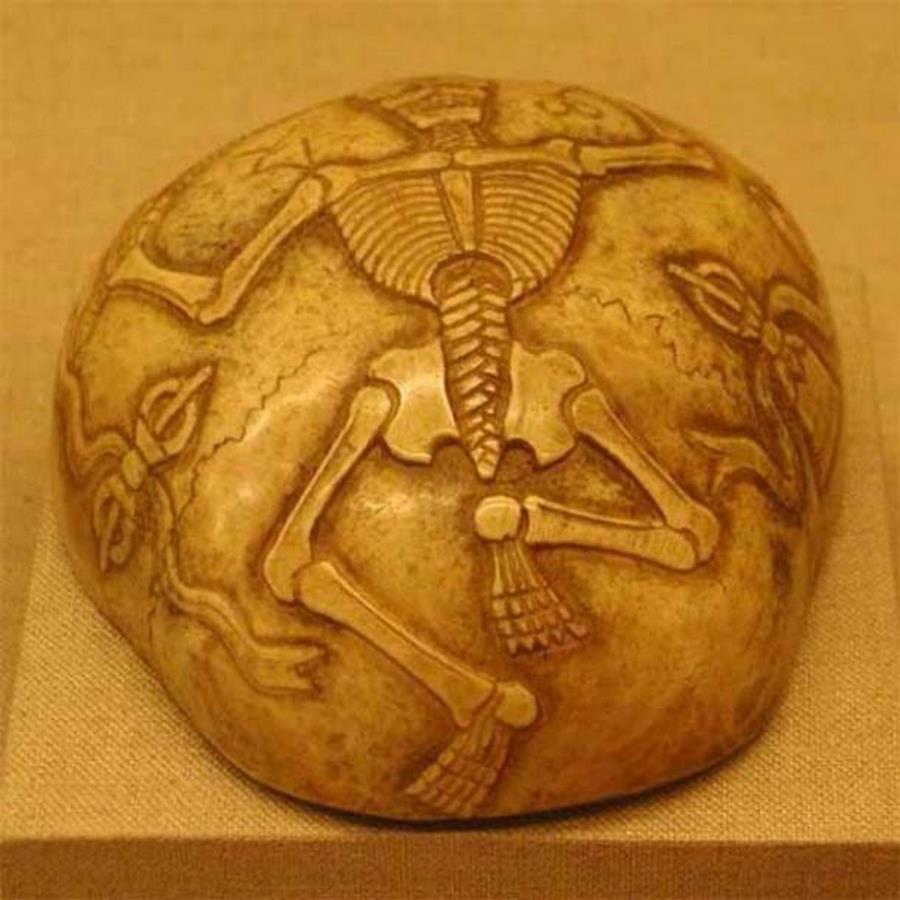
Exploring the Amulets
The amulets are oval-shaped and perforated near one end, possibly indicating that they were worn as pendants around the neck. Their well-finished and rounded edges further suggest their use as wearable or displayable items.
Roulin’s discovery site in Neuchâtel, Switzerland, belonging to the Middle Neolithic period, has yielded only a handful of similar pendants, making these finds particularly significant.
Crafting the Amulets: Two Hypotheses
Ernest Roulin and several archaeologists propose that the cranial fragments were extracted from deceased individuals, perforated, and polished to create pendants. These pendants may have been worn for strength, protection, or as commemorative tokens of past community members.
Alternatively, French anthropologist Paul Broca suggests a more macabre origin. He theorizes that the skulls were perforated while the individuals were still alive through trephination, a primitive surgical procedure involving drilling a hole in the skull. Survivors of trephination were believed to possess skulls with magical properties, leading to the removal of skull fragments post-mortem for use as amulets.
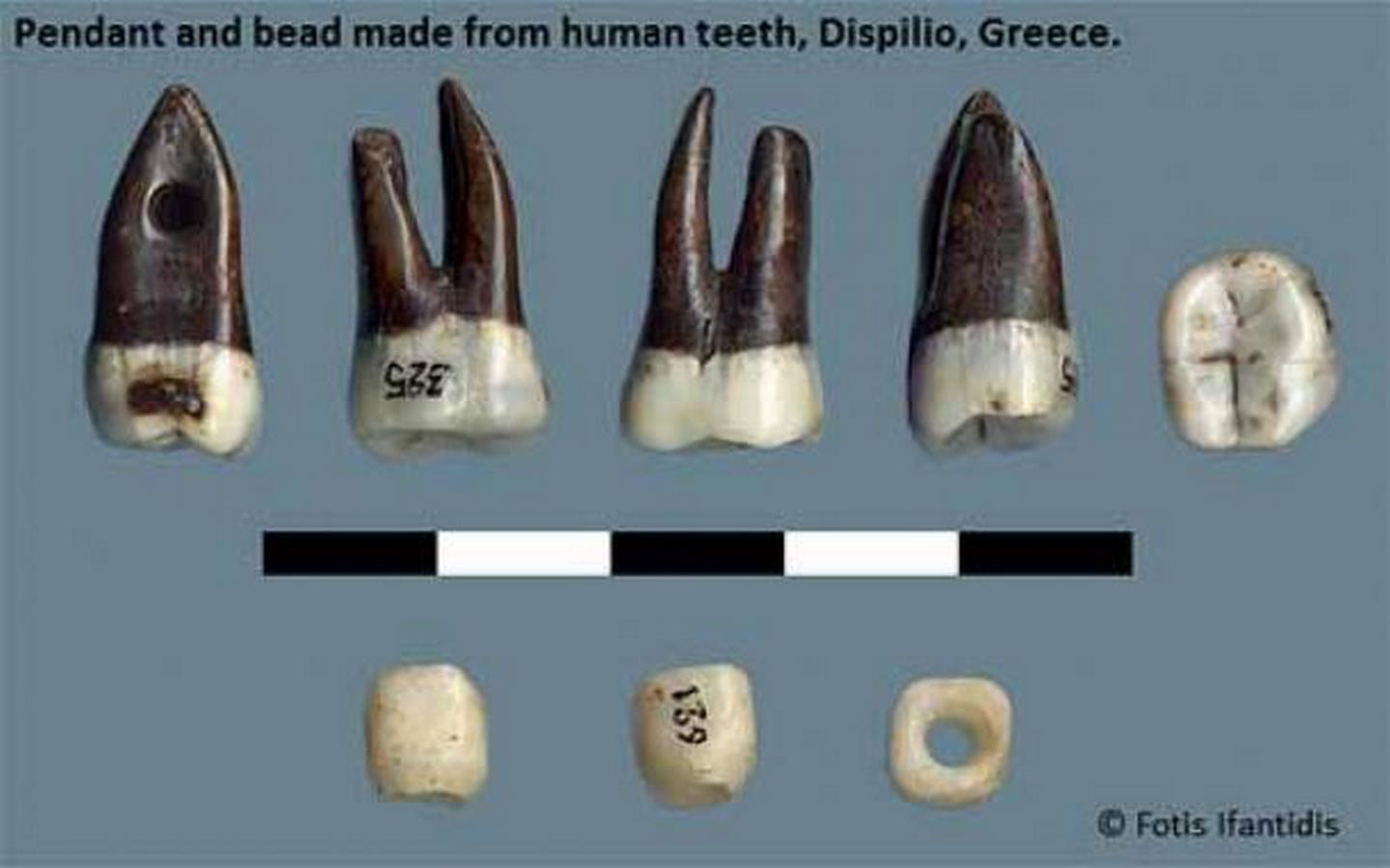
Trephination: Ancient Healing and Spiritual Beliefs
Trephination, one of the earliest surgical practices, originated in the Neolithic era. It involved drilling holes in living individuals’ skulls to treat various ailments, based on the belief that illnesses were caused by trapped spirits. While the procedure persists today for specific medical conditions, ancient practitioners viewed it as a means to release these spirits and cure afflictions.
Spiritual Significance of Amulets
According to Broca, amulets crafted from trephinated skulls were bestowed upon high-status individuals for their believed protective and luck-bringing properties. These pendants were thought to ward off evil spirits, ensuring the well-being of the wearer and their kin.
The Broader Context
The use of human remains for protection or luck is not exclusive to cranial amulets. Similar practices have been observed globally, from ancient Greek sites to Tibetan rituals, where human teeth or skull caps are utilized in ceremonial contexts.
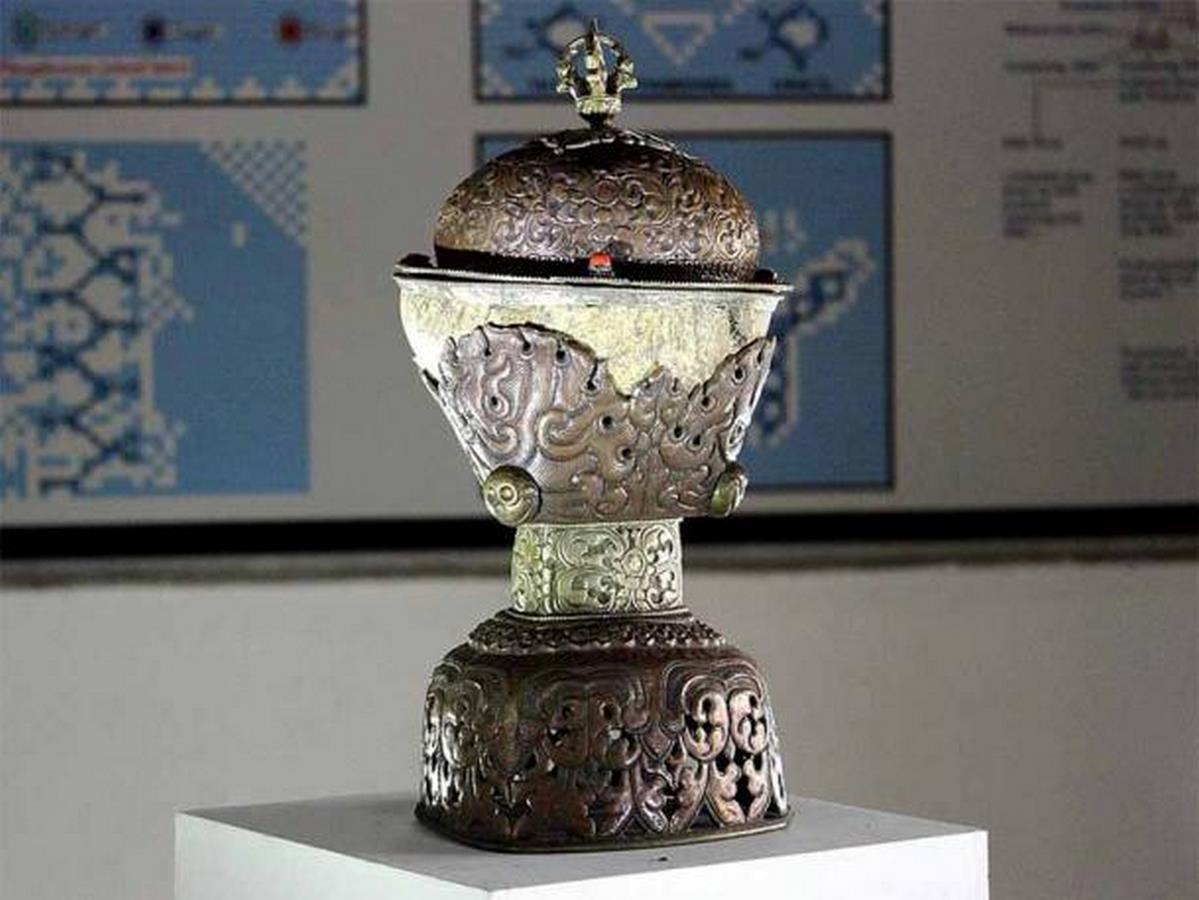
While the notion of wearing or displaying human body parts may seem unconventional, it reflects humanity’s enduring desire to maintain physical connections with departed loved ones, evident even in contemporary practices like keeping ashes in urns as a form of remembrance.
In conclusion, the discovery of Neolithic cranial amulets provides valuable insights into ancient belief systems, medical practices, and cultural traditions. These artifacts serve as poignant reminders of humanity’s perpetual quest for understanding and connection with the spiritual and metaphysical realms.
